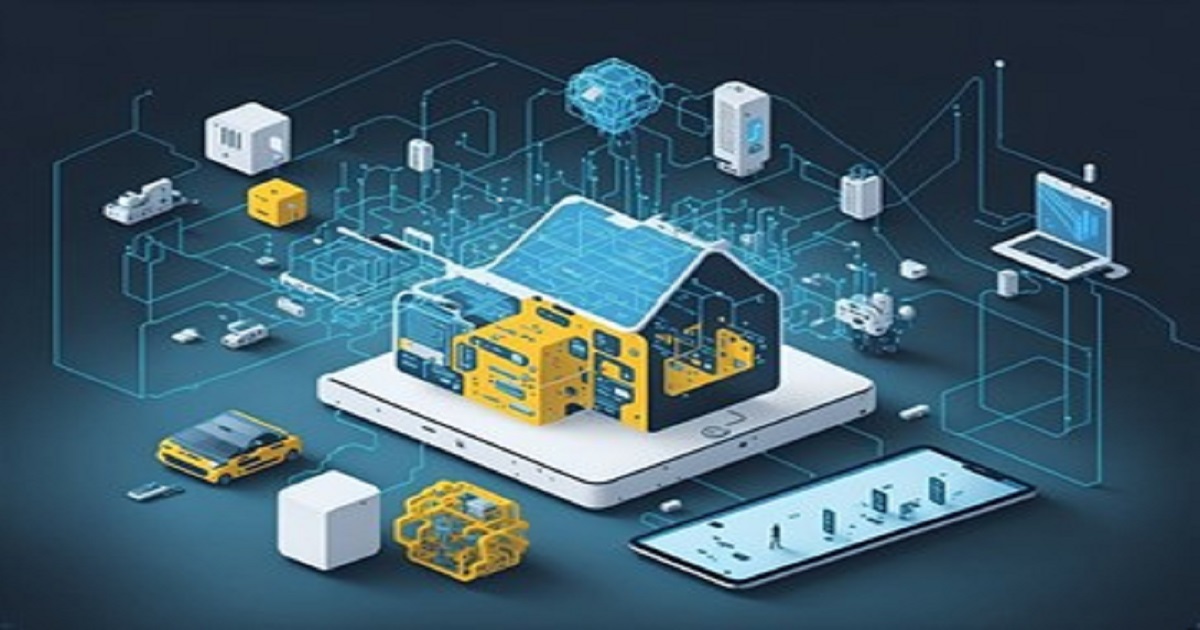- 2.5Impact Factor
- 5.5CiteScore
- 20 daysTime to First Decision
Novel Technologies and Applications for Internet of Things
This special issue belongs to the section “Computing and Artificial Intelligence“.
Special Issue Information
Dear Colleagues,
The number of devices connected to the Internet of Things (IoT) is projected to increase from 18 billion in 2024 to almost 40 billion in 2033, instigated by an unprecedented number of application scenarios, such as smart cities, smart grids, smart farms, smart homes, smart health, and Industry 4.0 to name a few. To support these applications, new communications and networking technologies are needed to handle an ever-growing number of devices with heterogeneous capabilities and quality-of-service requirements that collectively generate a massive amount of data that needs to be efficiently transmitted, stored, and processed—all under a low carbon footprint. Additionally, considering the scale and complexity of the application scenarios and underlying networking infrastructure, researchers from both industry and academia are increasingly relying on artificial intelligence (AI) and machine learning (ML) tools to design, optimize, control, and manage many aspects of this highly diverse IoT ecosystem. Considering the exciting and rapid developments occurring in this field, this Special Issue seeks new and original contributions on novel technologies and applications for Internet of Things including, but not limited to, the following:
- Applications and technologies for smart cities, smart grids, smart farms, smart home, smart health, and Industry 4.0.
- Low-power wide-area network (LPWAN) technologies.
- Machine learning-based applications, protocols, and algorithms for IoT systems and applications.
- Edge AI technologies for IoT systems.
- Integration, management, and IoT systems and solutions for digital twins.
- 5G/6G communication technologies for IoT systems.
- The energy consumption and sustainability of IoT systems.
- Computational requirements for IoT systems.
Dr. Marcelo Carvalho
Dr. Damian Valles
Dr. Semih Aslan
Guest Editors
Manuscript Submission Information
Manuscripts should be submitted online at www.mdpi.com by registering and logging in to this website. Once you are registered, click here to go to the submission form. Manuscripts can be submitted until the deadline. All submissions that pass pre-check are peer-reviewed. Accepted papers will be published continuously in the journal (as soon as accepted) and will be listed together on the special issue website. Research articles, review articles as well as short communications are invited. For planned papers, a title and short abstract (about 250 words) can be sent to the Editorial Office for assessment.
Submitted manuscripts should not have been published previously, nor be under consideration for publication elsewhere (except conference proceedings papers). All manuscripts are thoroughly refereed through a single-blind peer-review process. A guide for authors and other relevant information for submission of manuscripts is available on the Instructions for Authors page. Applied Sciences is an international peer-reviewed open access semimonthly journal published by MDPI.
Please visit the Instructions for Authors page before submitting a manuscript. The Article Processing Charge (APC) for publication in this open access journal is 2400 CHF (Swiss Francs). Submitted papers should be well formatted and use good English. Authors may use MDPI's English editing service prior to publication or during author revisions.
Keywords
- smart cities
- smart grids
- smart farms
- Industry 4.0
- smart health
- Internet of Things
- 5G/6G networks
- digital twins
- machine learning
- artificial intelligence

Benefits of Publishing in a Special Issue
- Ease of navigation: Grouping papers by topic helps scholars navigate broad scope journals more efficiently.
- Greater discoverability: Special Issues support the reach and impact of scientific research. Articles in Special Issues are more discoverable and cited more frequently.
- Expansion of research network: Special Issues facilitate connections among authors, fostering scientific collaborations.
- External promotion: Articles in Special Issues are often promoted through the journal's social media, increasing their visibility.
- e-Book format: Special Issues with more than 10 articles can be published as dedicated e-books, ensuring wide and rapid dissemination.

